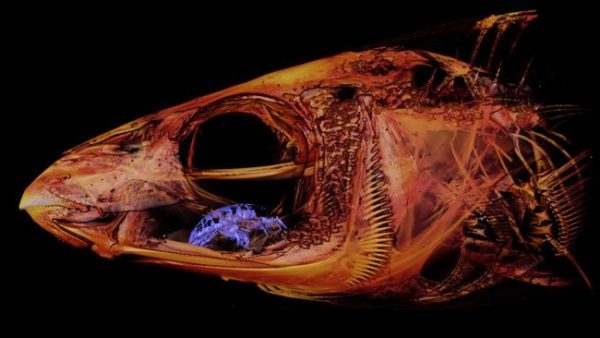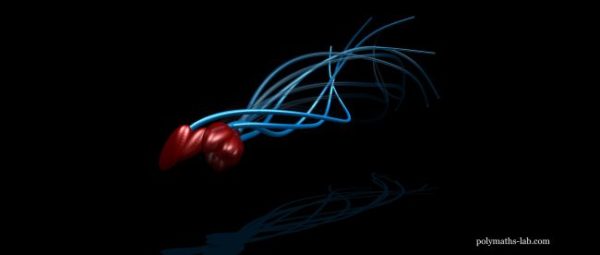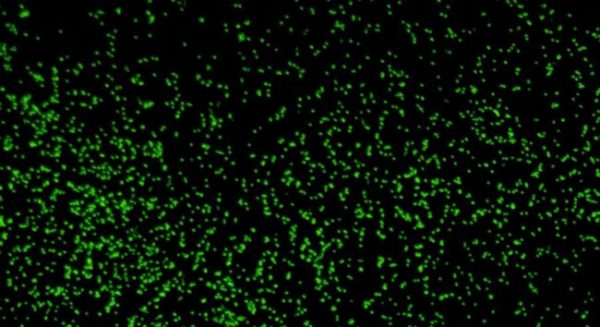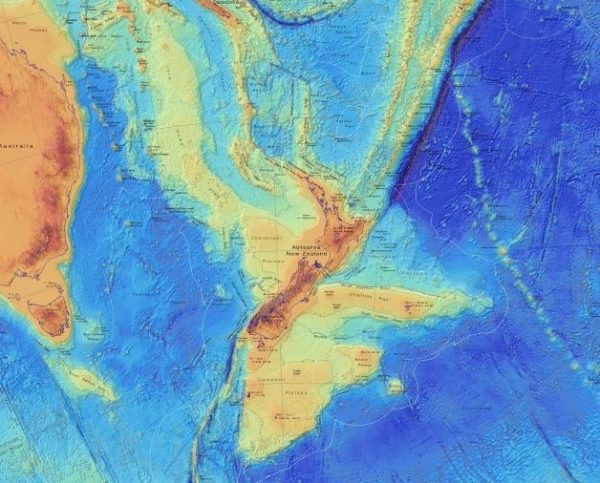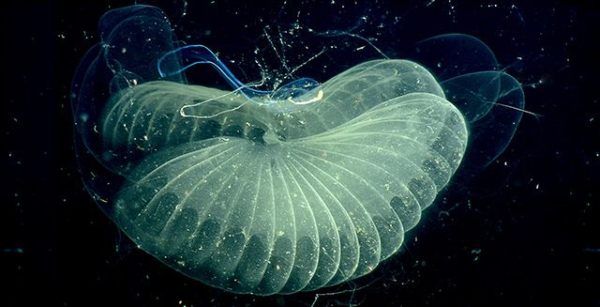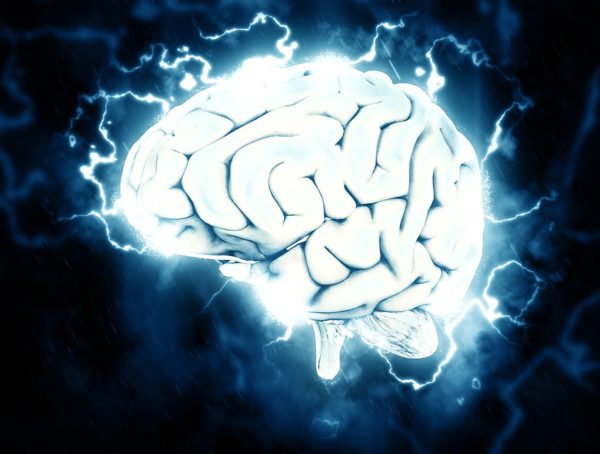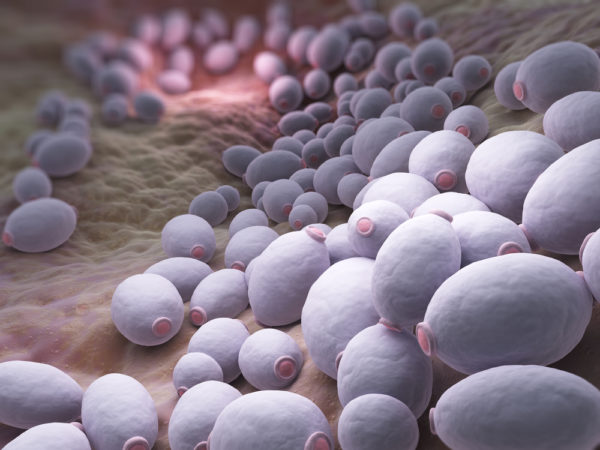NATURE: This Vampire Parasite Eats Tongues
When scientists recently X-rayed a fish’s head, they found a gruesome stowaway: A “vampire” crustacean had devoured, then replaced, its host’s tongue. The buglike isopod, also called a tongue biter or tongue-eating louse, keeps sucking its blood meals from a fish’s tongue until the entire structure withers away. Then the true horror begins, as the parasite assumes the organ’s place in the still-living fish’s mouth. Biologist Kory Evans, an assistant professor in the Department of BioSciences at Rice University in Houston, Texas, discovered the tongue biter while digitizing X-rays of fish skeletons. He shared images of the surprising and horrifying … Read more



